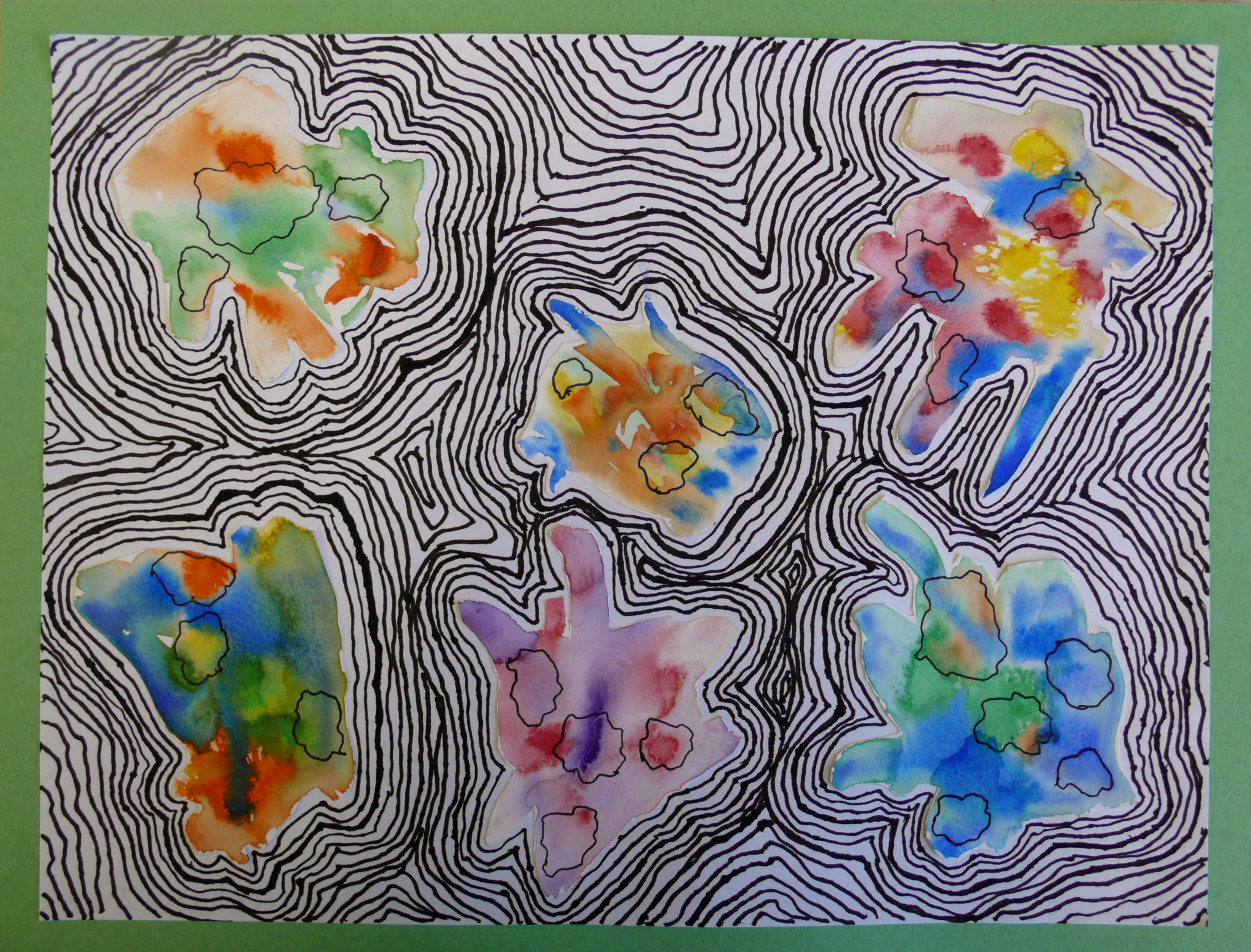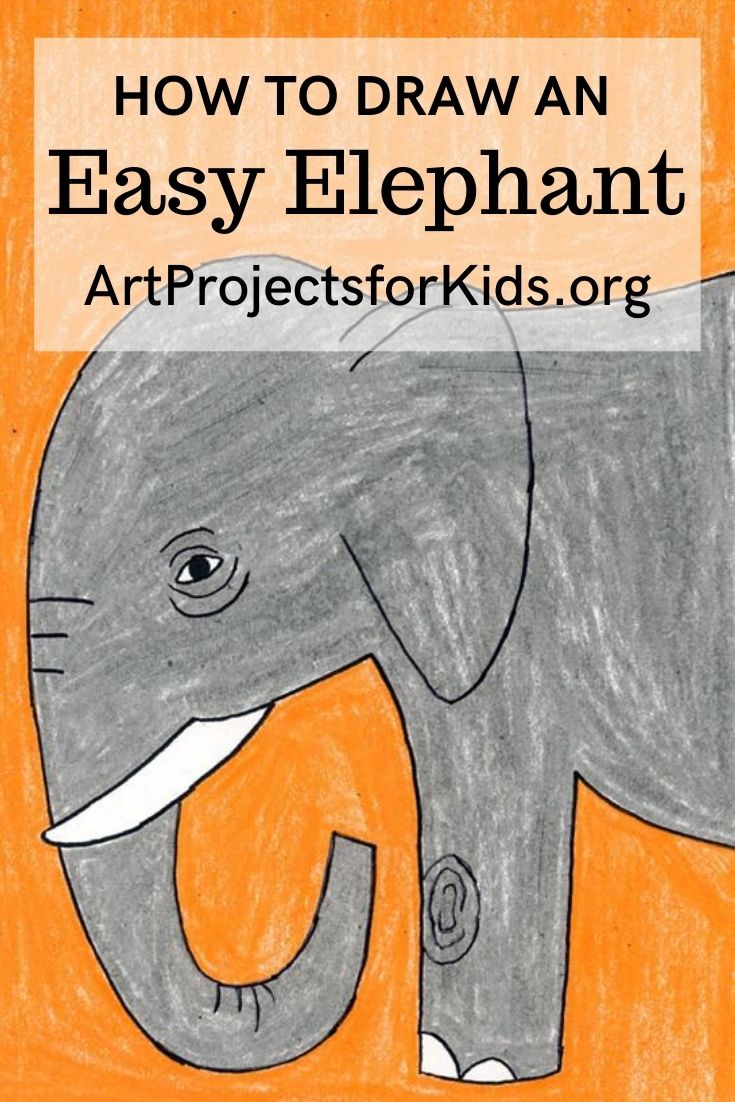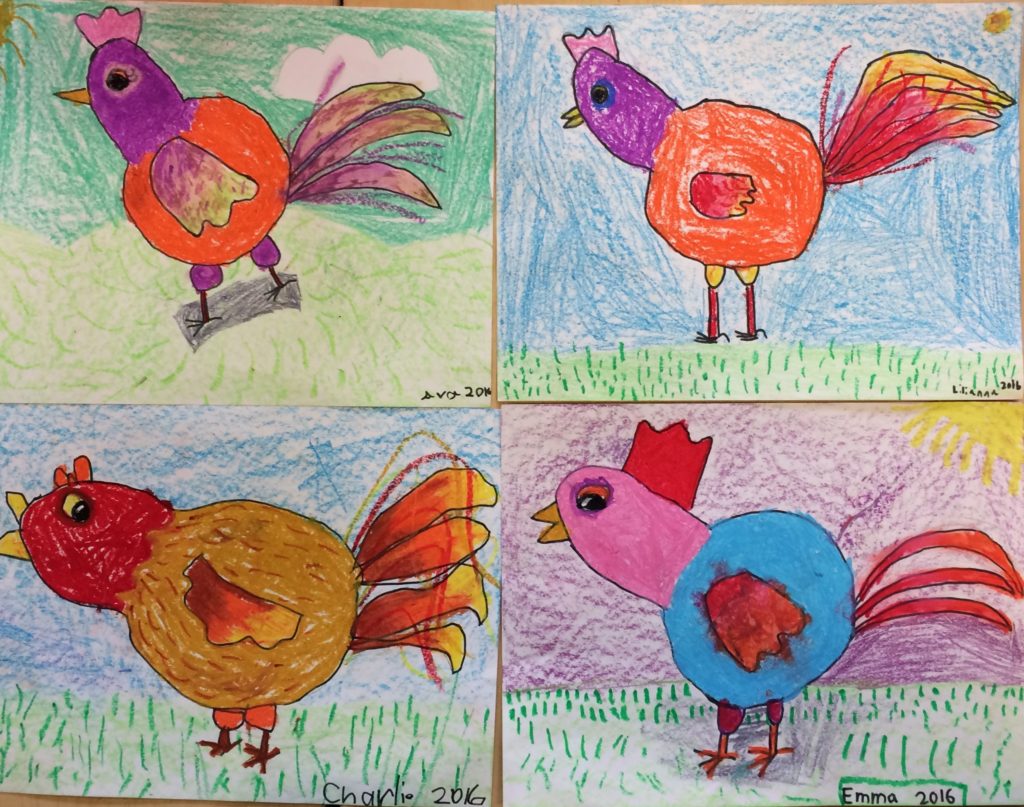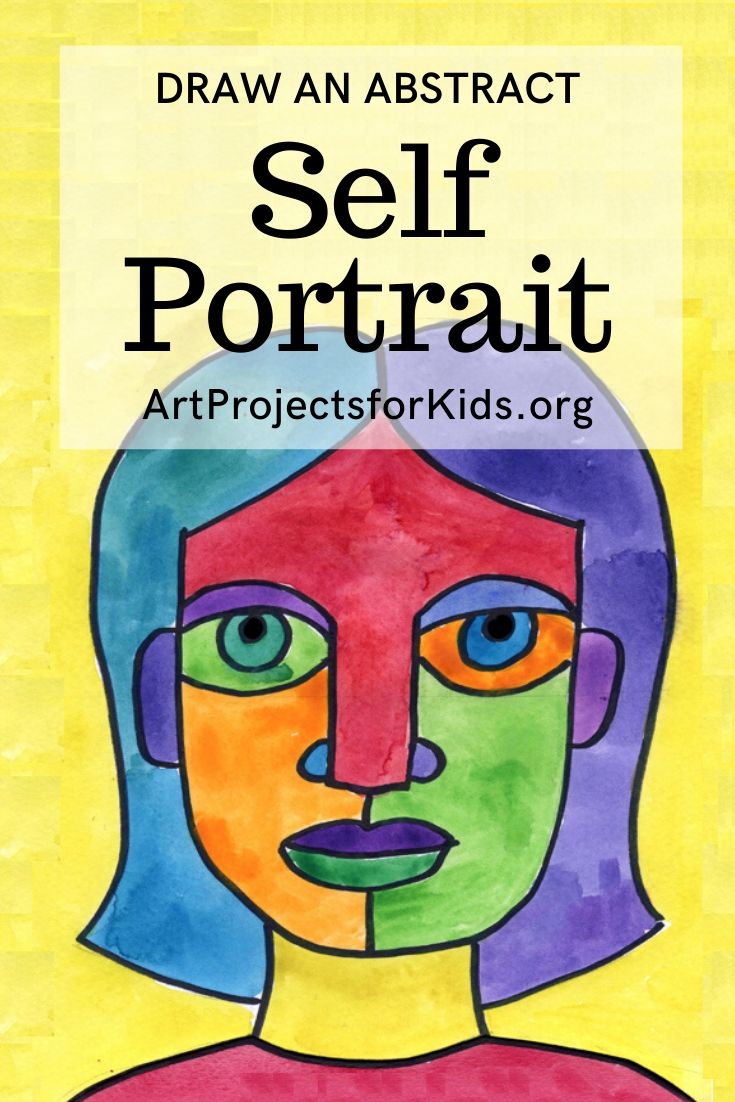Defining drawing Drawing is a form of visual expression and is one of the major forms within the visual arts. The definition of drawing has been expanded greatly over the years. Today, drawing is defined as “the formation of a line by drawing some tracing material on a surface.” This broad definition encompasses a wide variety of drawing media, including charcoal, pastels, pencils, ink, and markers. Drawing is often used in conjunction with other mediums, such as painting or sculpture. It can also be used as a standalone medium. Drawing allows artists to explore line, form, perspective, texture, and value in a two-dimensional space. It is a versatile tool that can be used for both representational and abstract art.
searching about The smARTteacher Resource: Watercolor and Contour Lines you’ve visit to the right place. We have 9 Images about The smARTteacher Resource: Watercolor and Contour Lines like The smARTteacher Resource: Watercolor and Contour Lines, Steve Rude Arrested, Discounts Art Prices to Pay for Bail and Legal Fees and also TVMS Art Club: Drawing Ideas. Here you go:
The SmARTteacher Resource: Watercolor And Contour Lines

Source: thesmartteacher.com
contour lines watercolor lesson plan.
Drawing for creativity In a world where technology reigns supreme, it’s easy to forget the power of a pencil and a piece of paper. But as any artist will tell you, drawing is an incredibly important part of the creative process. There’s something about putting pencil to paper that helps you slow down and really think about what you’re creating. It forces you to be more intentional with your lines and shapes, and as a result, your drawings can end up being more expressive and complex than if you were just doodling on your phone.
Plus, learning how to draw can open up a whole new world of creativity. If you’ve ever felt like you’re not very good at art, give drawing a try - you might be surprised at what you’re able to create.
How To Draw An Easy Elephant · Art Projects For Kids

Source: artprojectsforkids.org
artprojectsforkids.
How Do You Outline Text In Sketch?
There is no one definitive way to outline text in Sketch. However, some tips to follow include using a grid or guide line to help organize your thoughts, breaking up large chunks of text into smaller, more manageable pieces, and using fonts that are easy to read and understand. There are a few different ways to outline text in Sketch. You can use a simple straight line, or you can use boxes and lines. It really depends on what you want your outline to look like.
Petticoat Parlor Scrapbooking Supplies: Cute Halloween Spider

Source: petticoatparlor.com
spider halloween cute.
How Do You Color Nicely?
There are a few ways to color your nails in a way that will look nice and professional. One way is to use a base coat of color, then add any other colors you want. Another way is to use a gradient on your nails, starting with the blackest color and working your way up. How to Color Nicely There are a few key things that you can do in order to make your color schemes more pleasing and inviting. One of the most important tips is to use muted colors throughout your palette, as these will help to create an overall calming effect. Secondly, consider using light colors throughout your design, as this will add a bit of brightness and life to your work. Finally, make sure that your text and graphics are consistent with the overall tone of your design. By doing this, you will be able to easily identify which colors are used in each element and will be able to better match the look of your project with its content.
Petticoat Parlor Scrapbooking Supplies: Shepherd & Sheep Silhouette

Source: petticoatparlor.com
shepherd sheep silhouette christmas man riddle enlarge puzzle petticoatparlor.
The Coloring Process: How do you start and what are the steps involved in coloring an image? The coloring process can be a fun and creative way to add additional visual interest to an image. It’s also a great way to personalize photos or create special effects. There are many different methods for coloring images, but the basic steps are the same. Here’s how you start: 1. Choose an image that you want to color. You can use any picture or graphic you want, as long as it’s large enough to work with comfortably. 2. Open the image in a program like Adobe Photoshop or GIMP. 3. Select the areas that you want to color and start painting with your desired color palette. 4. Use shortcuts and other techniques to speed up the coloring process; for example, using layer masks and blending modes.. 5. When you’re finished, save your work and enjoy your new colorful masterpiece!
TVMS Art Club: Drawing Ideas

Source: tvmsartclub.blogspot.com
drawing.
Drawings are a form of art in which an artist uses various tools to create a picture. There are many different types of drawings, including pencil, pastel, and charcoal drawings. Drawing is a great way to express your creativity, and it can be used to create both realistic and abstract images. Whether you’re a beginner or a seasoned artist, anyone can enjoy the process of creating a drawing.
Steve Rude Arrested, Discounts Art Prices To Pay For Bail And Legal Fees

Source: comicsalliance.com
rude steve batman comic bail arrested comics painting watercolor fees discounts legal pay prices gaf.
Deep Space Sparkle Art Lessons For Kids: Castles In Watercolor And Marker

Source: deepspacesparkle.blogspot.com
castle projects castles space medieval watercolor sparkle deep grade fairy project elementary lessons renaissance marker tale 3rd draw lesson deepspacesparkle.
This article is all about cute coloring! If you’re looking for some ideas to make your own pages more cute, then read on. We’ll show you some simple techniques that you can use to add a touch of cuteness to your work. Whether you’re a beginner or an experienced artist, these tips will help you make your pages look their best.
Simple Shape Roosters 1st Grade Art Lesson - Art Teacher In LA

Source: artteacherinla.com
grade 1st shape simple lesson roosters materials artteacherinla.
Different types of coloring books Coloring books are not just for kids anymore. In fact, more and more adults are finding them to be a fun way to relax and unwind after a long day. And, with so many different types of coloring books available, there’s sure to be one that’s perfect for you. Here are just a few of the different types of coloring books you can find:
· Mandalas – These intricate designs are based on ancient Buddhist and Hindu traditions. They can be incredibly relaxing to color, and some people even use them as a form of meditation.
· Nature Scenes – If you love spending time outdoors, you’ll enjoy coloring scenes that feature flowers, trees, animals, and other elements of nature.
Draw An Abstract Self Portrait · Art Projects For Kids

Source: artprojectsforkids.org
artprojectsforkids.
Conclusion: Coloring can be a fun and relaxing activity for children of all ages! There is no wrong way to color for children, as the activity can be enjoyed by both young and old. Younger children may enjoy scribbling with crayons or coloring with markers, while older kids may prefer more intricate coloring pages. Whatever the age, it’s important that coloring sessions are fun and relaxed. Here are a few tips for making coloring a stress-free experience:
- Choose calming colors that won’t be too difficult for the child to mix together. This will help keep them engaged in the activity and motivated to finish it.
- Have plenty of coloring supplies on hand so the child can get started right away. This will prevent them from feeling overwhelmed and frustrated when they don’t have what they need right away.
- Let them experiment with different techniques and tools during their coloring sessions.